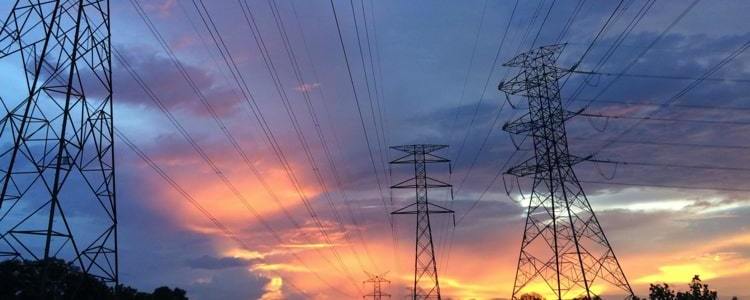Reforming the National Grid
Posted on 14th October 2022
The National Grid ESO is the electricity system supply operator for Great Britain.
The ESO balances supply and demand so that homes and businesses have electricity when they need it.
There is now a mix of energy sources through increased use of hydrogen and offshore wind farms, for example, so changes are needed to support how the grid is managed.
As a result, a multi-million-pound three-year agreement to use an energy market simulation platform, PLEXOS, has been announced to support the transition to a lower carbon economy. The tool chosen was selected because it can flexibly support planning across both electricity and gas systems rather than treating them as separate networks.
Using advanced simulations, the project will help National Grid ESO find the most cost-efficient ways to expand the electricity grid, reach more users, and integrate renewable energy. It will also help to future-proof the grid and allow older parts of the energy network to be retired.
It will be used to develop the Future Energy Scenarios report, which sets out different practical options to decarbonise our energy system to achieve the government’s 2050 Net Zero target.
It will also be included in the annual Network Operations Assessment (NOA) report which makes recommendations about required investment in the electricity transmission network. This will become even more important as the country’s need for a more mixed energy supply and provision for remote areas of the country.
The way forward
The recent rise in gas prices makes the shift away from fossil fuels even more urgent. The regulator, Ofgem, says major reforms are needed to deliver resilient, low cost, low carbon power, as well as a framework that focusses on users’ needs to guide proposed actions. Work is progressing to create an energy sector that is fit for the future which is less dependent on changing natural gas prices and makes efficient use of cleaner energy that is under our control.
Electricity demand is expected to increase significantly, largely due to our use of electric vehicles and heat pumps. The plan is to meet demand with cheaper renewable energy alongside low carbon power options such as nuclear, hydrogen, and gas plants with carbon capture and storage to fill the gaps when renewable energy isn’t available.
Electricity storage for energy from renewables will create an exchange energy system where new areas of high generation such as offshore wind will be used alongside smaller-scale power generation such as solar. As consumers we will be able to adjust our energy use and export power back to the grid when it is needed.
Speak to the team at MSE if you would like to discuss energy-saving options for your home, commercial or industrial property.
Share this post:





